When it comes to getting results in the gym, the phrase “No pain, no gain” has been ingrained in most of us. The idea of pushing harder, lifting more, and giving it your all is something every fitness enthusiast has heard. But what if the real key to success isn’t just about pushing harder?
If you’re constantly pushing yourself in your workouts but still feel like you’re not getting the results you want, the issue might not be with your effort. It could be with your approach.
Let’s break down why your push workouts may not be working—and how you can fix it with smarter training, better recovery, and real-time data.
1. You're Not Tracking Your Heart Rate Zones
Push workouts (whether it’s weightlifting, HIIT, or bodyweight training) require you to be strategic with your intensity. Simply going hard without understanding heart rate zones could be slowing your progress.
· Zone 1–2 (60–70% max HR): Fat burning, endurance-building
· Zone 3 (70–80% max HR): Aerobic performance, conditioning
· Zone 4–5 (80–100% max HR): Power, speed, high-intensity bursts
Not every set needs to be in the highest zone. If you push too hard for too long, you risk overtraining, fatigue, and even injury.
How to Fix It:
Track your heart rate during different phases of your workout. Use a heart rate watch to monitor your real-time heart rate. The WALKERFIT M6 Ultra lets you stay in the optimal zone for fat loss or endurance building while also ensuring you’re not overreaching during strength training.
2. You're Missing the Recovery Window
If your training is only about pushing yourself to the max, you're missing one of the most important parts of the fitness equation—recovery.
Over time, your muscles adapt and grow stronger by repairing after a workout. But if you don’t allow your body time to recover, it can lead to:
· Increased risk of injury
· Decreased performance
· Lower motivation
Recovery isn’t just about taking a day off. It’s about knowing when your body is ready to go again and when it needs rest.
How to Fix It:
A smartwatch with recovery tracking like the M6 Ultra Steel Black provides HRV (Heart Rate Variability) monitoring and resting heart rate tracking to show when your body is ready to push again. When you see that your HRV is low or your resting heart rate is elevated, it’s a sign you might need to ease up and give your body the rest it deserves.

3. You're Overtraining Without Knowing It
You might think the more you push, the better your results. But overtraining is real—and it can lead to burnout, plateaus, or worse, injuries.
Symptoms of overtraining include:
· Elevated resting heart rate
· Feeling fatigued or run down
· Difficulty sleeping
· Decreased performance (even after pushing harder)
How to Fix It:
Use a heart rate monitor to spot early warning signs of overtraining. The WALKERFIT M6 tracks both your stress levels and exercise intensity, helping you adjust your workout load based on how your body is responding.
Smart training involves understanding when to push your limits—and when to pull back for optimal performance.
4. You're Not Listening to Your Body’s Signals
Sometimes, the body’s warning signs are subtle but important. Signs like:
· Elevated heart rate in the morning
· Persistent soreness
· Trouble focusing
· Disrupted sleep patterns
These are all signals that your body might be under stress and not fully recovered from previous workouts.
How to Fix It:
Monitor your body’s stress levels and recovery patterns with a smartwatch. The WALKERFIT M6 Ultra Steel Black offers features like stress detection and sleep tracking, which will give you a clearer picture of how your workouts are affecting your body. If your watch shows increased stress or poor sleep, it might be time to switch up your training routine or take a rest day.
5. You're Not Making Smart Use of Your Push Days
You might be doing push workouts, but are you doing them efficiently? Not all workouts need to be maxed out every time. It’s important to plan intensity and variety into your training.
· Strength workouts should allow for proper recovery between sets.
· Cardio should be targeted to specific goals (e.g., endurance, speed).
· HIIT should focus on short bursts of high intensity with enough rest between intervals.
Training smarter means knowing which day to push, how hard to push, and when to recover.
How to Fix It:
A good heart rate monitor can help you track your training load and avoid burnout. By adjusting your workouts according to your real-time data, you can ensure you're getting the most out of each session.
Why Should You Use a Smart Watch for Push Workouts?
If you’re looking to optimize your push workouts and take your training to the next level, a smartwatch with heart rate monitoring is the key to unlocking your true potential.
The WALKERFIT Smart Watch M6 Ultra Steel Black not only tracks your heart rate in real time, but also provides detailed insights into your recovery, sleep, and stress—all of which are crucial for maximizing workout results.
With its 24/7 heart rate tracking, HRV monitoring, and stress detection, the WALKERFIT M6 Ultra Steel Black ensures that you're training smartly and safely, every time.

FAQ – Push Workouts and Smart Watches
Q: How do I know if I’m training in the right heart rate zone?
It’s easy to find out by wearing a heart rate monitor during your workout. Look for a device that tracks heart rate zones in real time, so you can adjust intensity accordingly.
Q: Is the WALKERFIT M6 Ultra Steel Black suitable for strength training?
Yes! It tracks heart rate during weightlifting and HIIT workouts, giving you data on performance, stress, and recovery—all of which are essential for strength training.
Q: How does a smartwatch help with recovery?
Smartwatches with HRV monitoring and resting heart rate tracking help you understand when your body is ready for more intense workouts. They can alert you if you’re not fully recovered.
Q: How do I know when to rest?
Pay attention to your heart rate and recovery data. If your heart rate is elevated in the morning or your HRV is low, it might be time to take a rest day to avoid overtraining.
Final Thoughts
Smart workouts aren’t about constantly pushing harder. They’re about training smarter by understanding your body’s limits, tracking your recovery, and using data to guide your efforts.
With the right tools—like the WALKERFIT M6 Ultra —you can optimize your push workouts, make faster progress, and avoid the common pitfalls of overtraining.
Push yourself—but do it with intelligence, data, and a focus on long-term results.

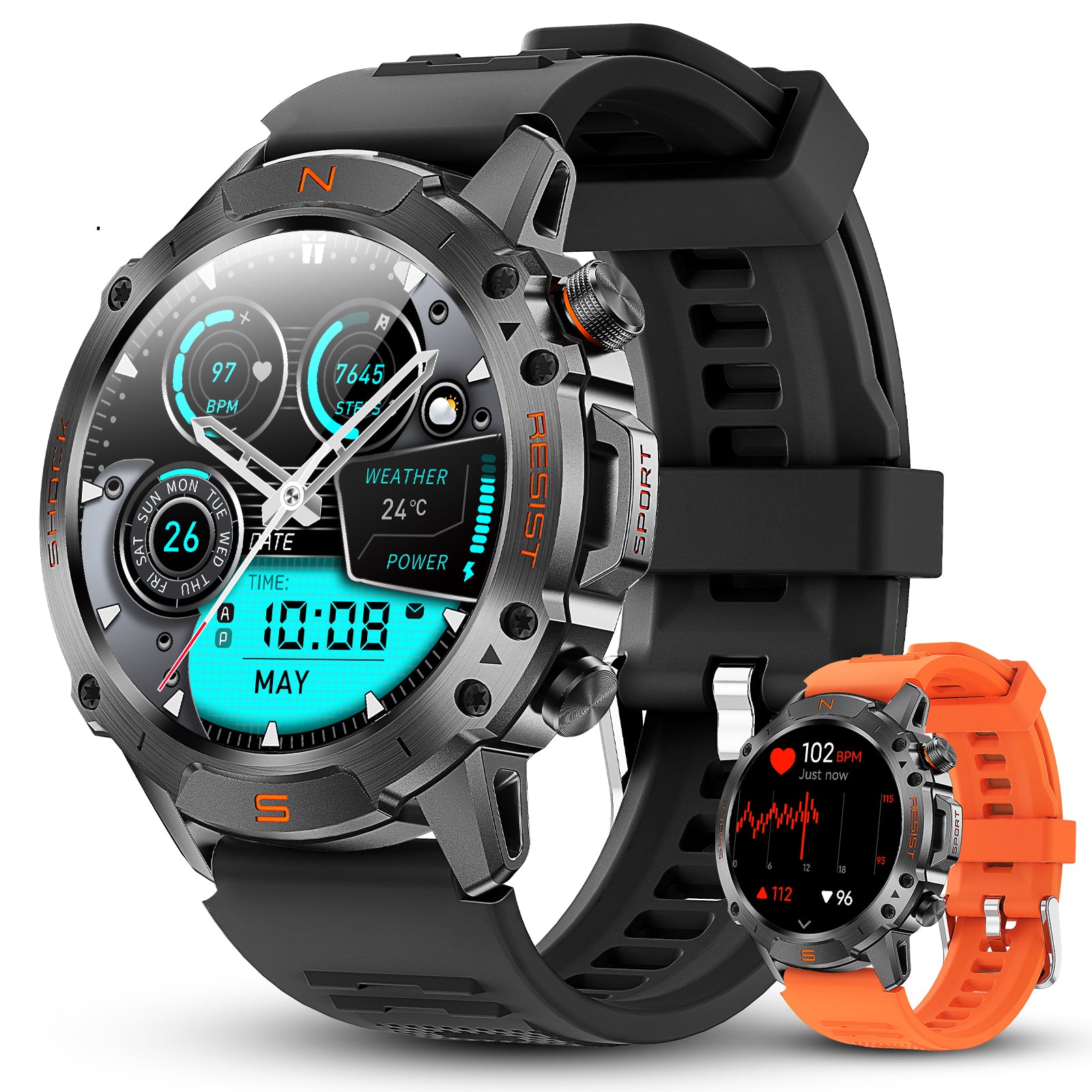

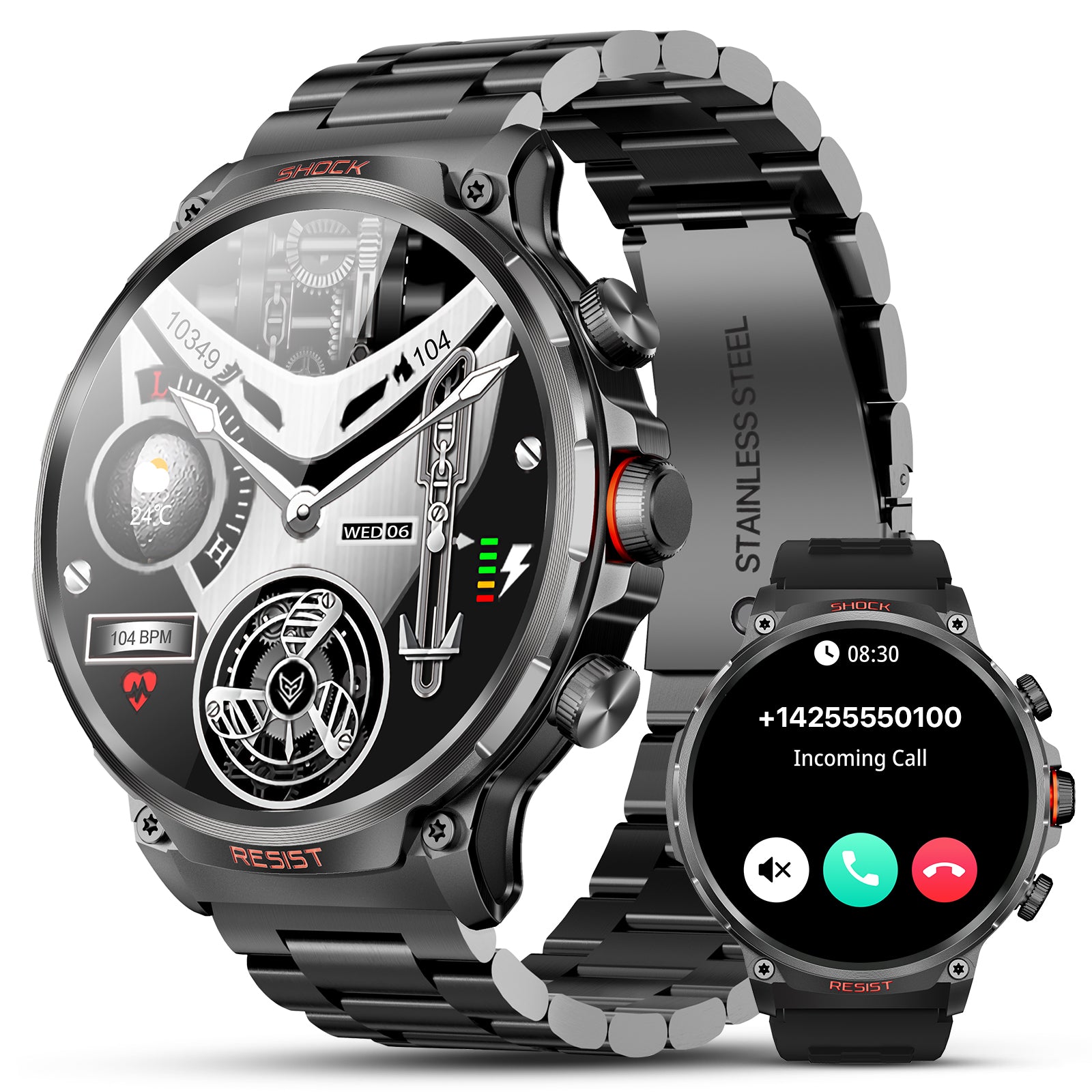
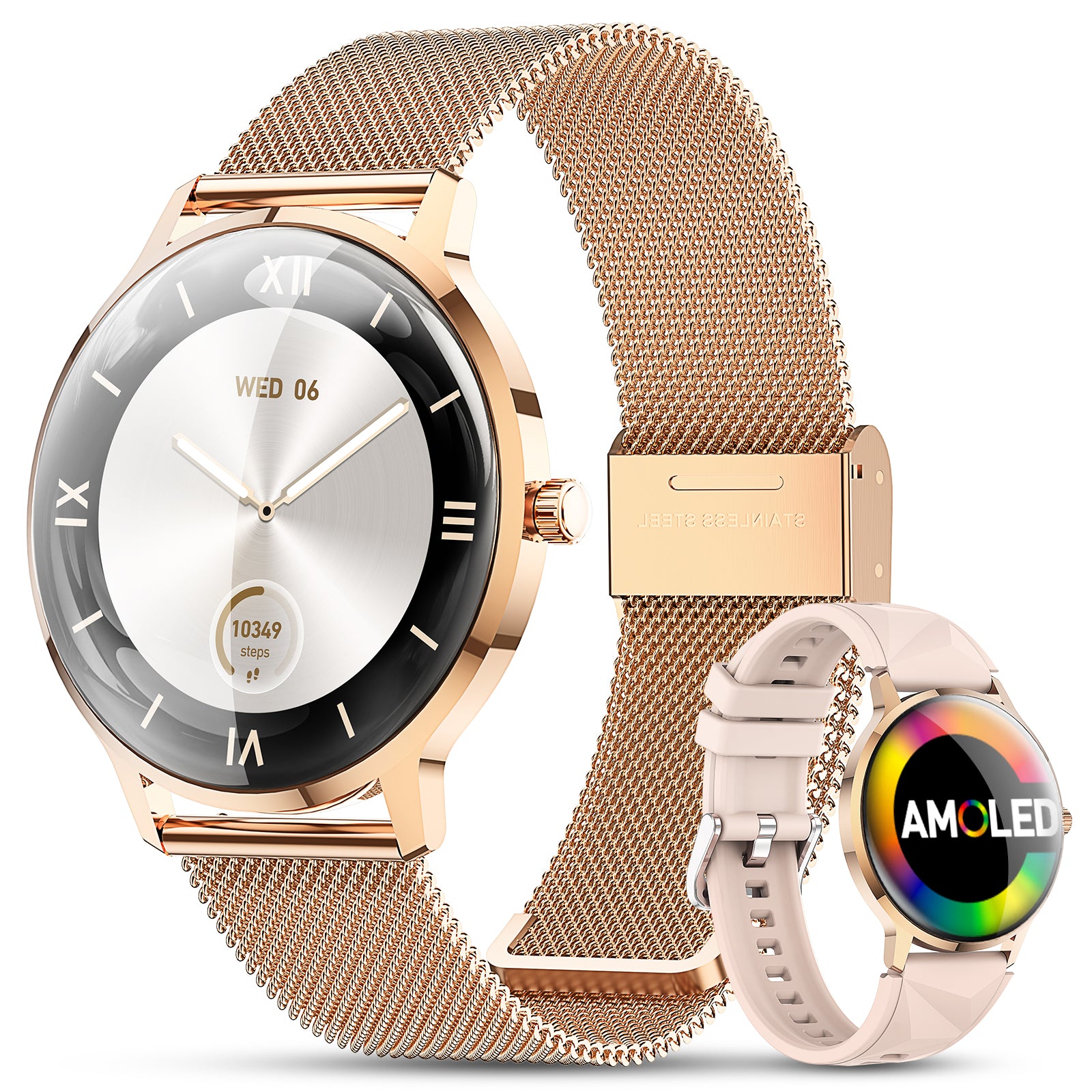
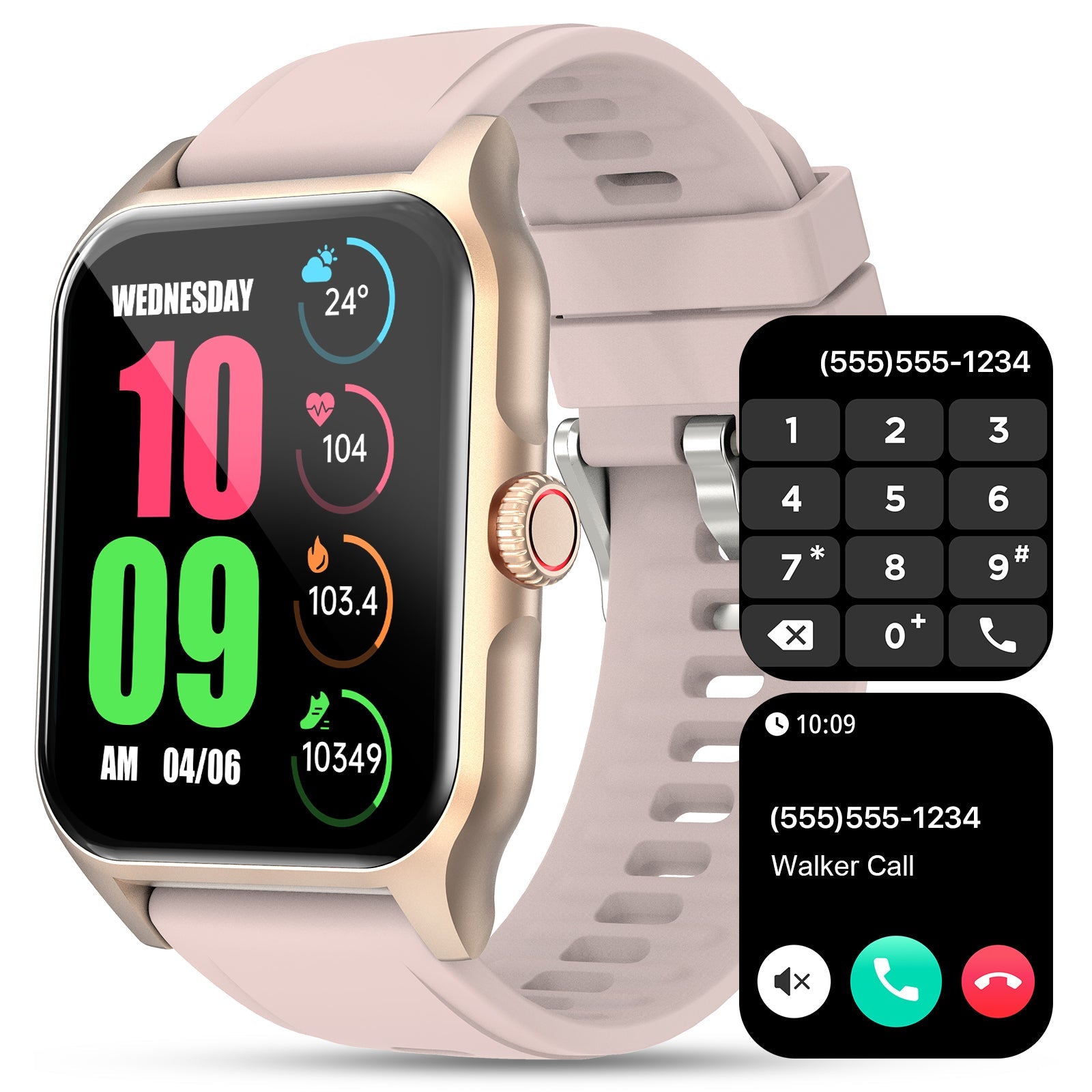
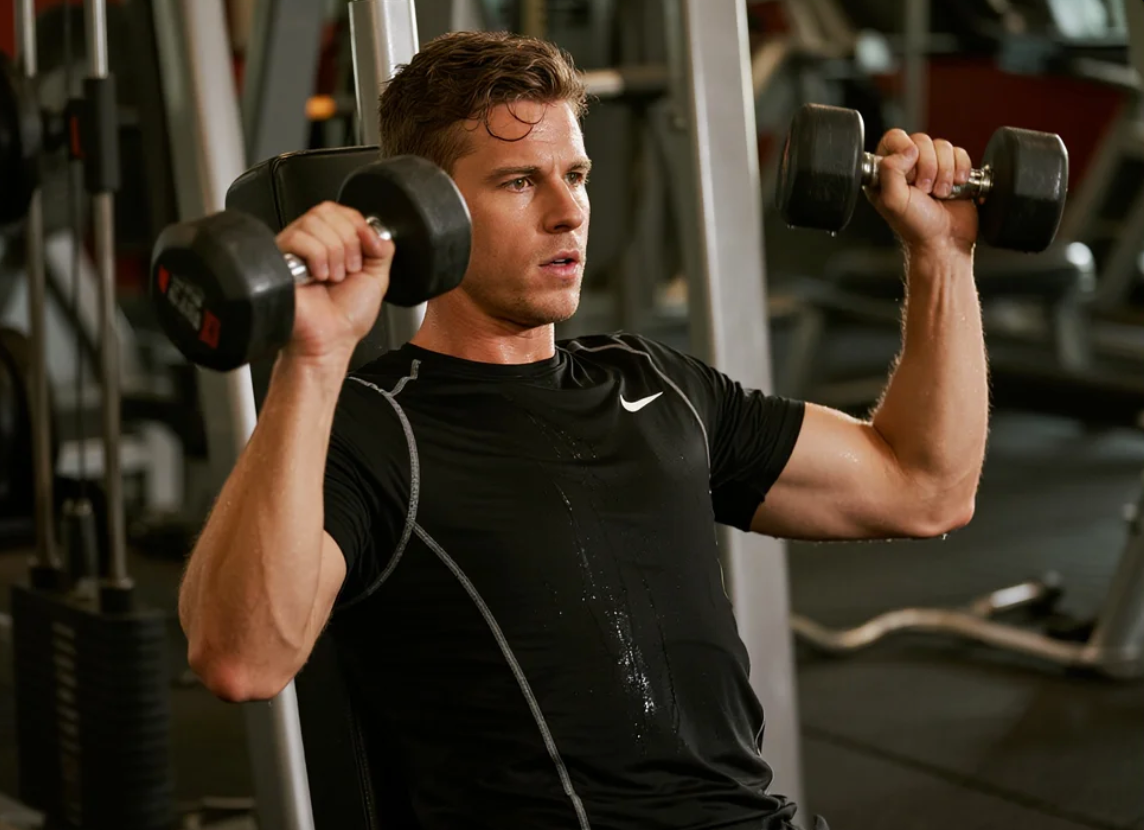
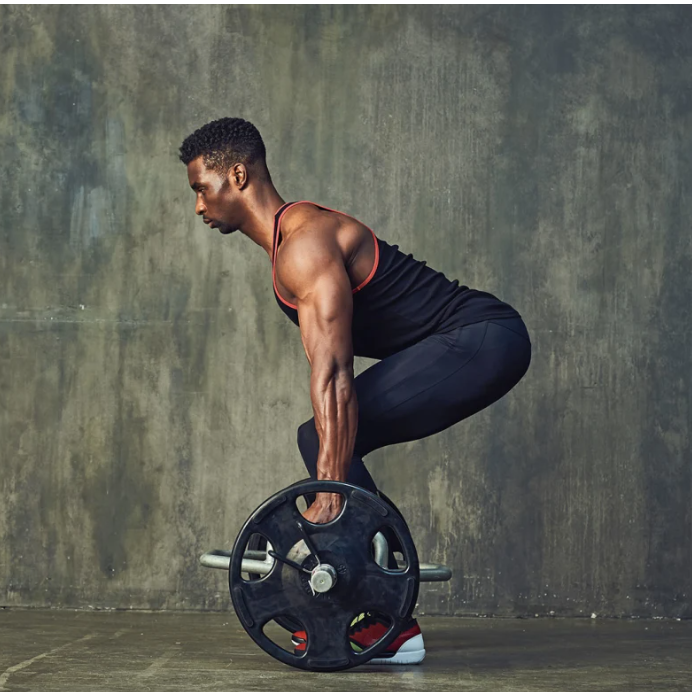

Leave a comment
All comments are moderated before being published.
This site is protected by hCaptcha and the hCaptcha Privacy Policy and Terms of Service apply.